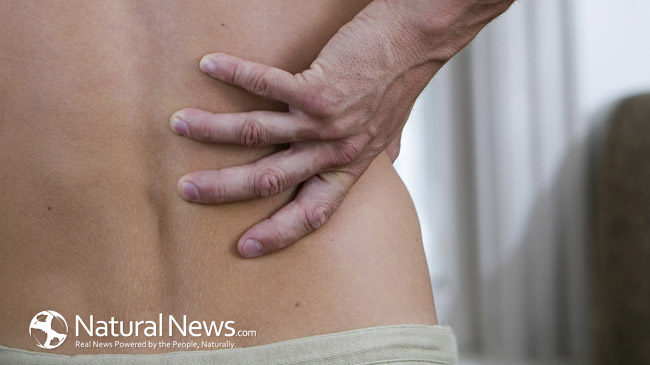Iliotibial band syndrome (IT) is a pain many workout enthusiasts, runners, and cyclists can experience. The area affected is near the outside of the hip and/or the outside of the knee. The IT is a band of strong tissue that runs from the hip to the tibia which is below the knee joint and at the top of the shin bone. The responsibility of the band is to stabilize the knee when you move. However, excessive training, poor biomechanics, tight muscles and little flexibility, and/or repetitive unbalanced exercises, can cause pain to the IT area.
When the IT band is aggravated, the person will feel pain during the same movements, an achy/burning sensation near the hip, and/or knee pain. The pain ca be present only when movement is taking place or even during sedentary periods. Competitive athletes, long-distance runners, basketball, and soccer players, and sometimes people who are new to exercising, can feel any or all these symptoms. There are a few reasons the onset of pain might come. Not stretching pre/post movement, running down hill, not having proper supportive shoes, over-pronation (flattening the feet too much), having tight muscles in the buttocks, thighs, and hips, having knee arthritis so the knees “bow” in, and/or overworking out, can all lead to irritation of the IT band. Sometimes a bursa (fluid filled sac) can form when the bone continues to rub against the band. The R.I.C.E. (rest, ice, compression, elevate) method should be used to address the irritation right away. However, if walking is uncomfortable and the swelling doesn’t subside, seeing a medical professional is advised.
In order to diagnose IT band syndrome, a medical professional can do the Ober or the Noble’s compression test. The Ober test is when the professional will lay the person on their side and move the knee and hip. The Nobel’s test would be the same, but the professional would apply pressure while moving the knee and hip. Going forward, making sure proper shoes are worn, stretching pre/post workout, running on flat, even surfaces, correcting muscle imbalances and form, and adjusting the workout intensity, are all ways to help the pain decrease. Physical therapy can be done to help with proper stretches and strengthening to lessen inflammation and pain. Natural remedies such as turmeric and Epson salt baths can also help with relief. Taking a break from the activities/movements that led to the pain is a good idea. The duration of the break would vary and trying other alternatives could be an option as well.
Movement is medicine and we do need physical activity as part of a healthy lifestyle. At the same time, we must listen when our body speaks to us. Ignoring pain or continuing to add to the inflammation would only lead to more problems over time. We can keep moving, but maybe we must pivot in another direction or in another form. Injuries don’t have to be setbacks if we are proactive and mindful of our self-care.
Iliotibial Band Friction Syndrome – StatPearls – NCBI Bookshelf (nih.gov)
The Iliotibial Band: A Complex Structure with Versatile Functions | Sports Medicine (springer.com)
A Review of Treatments for Iliotibial Band Syndrome in the Athletic Population – PMC (nih.gov)








